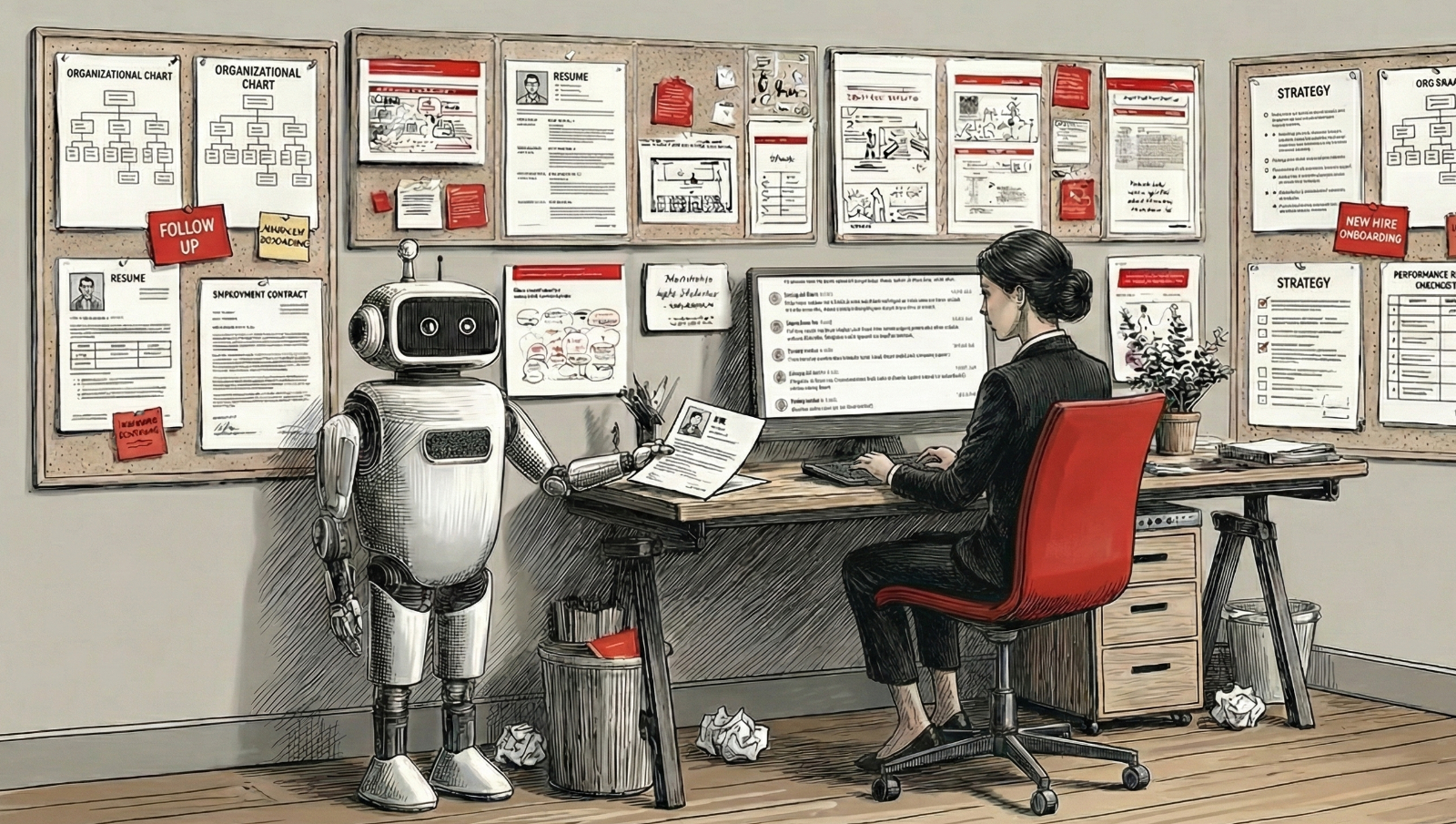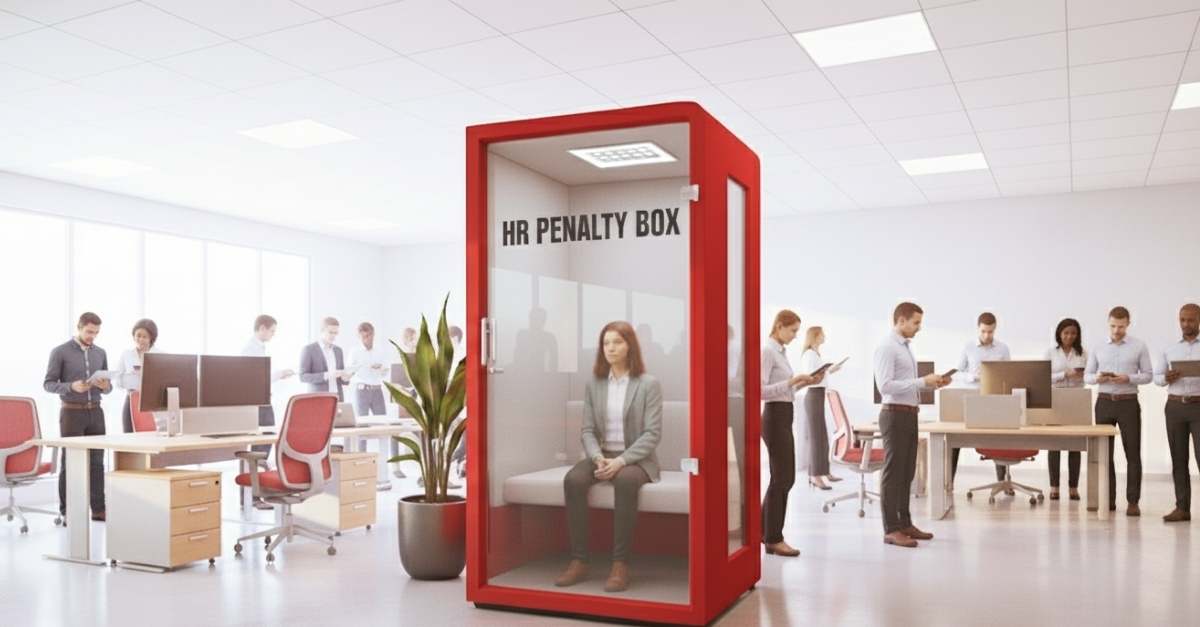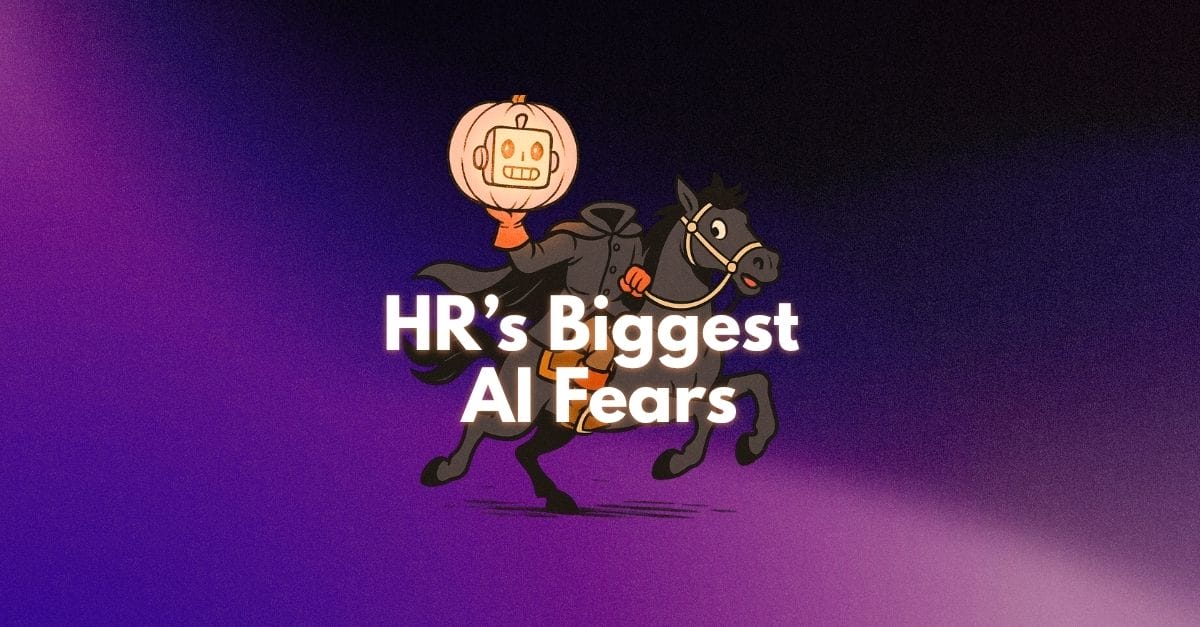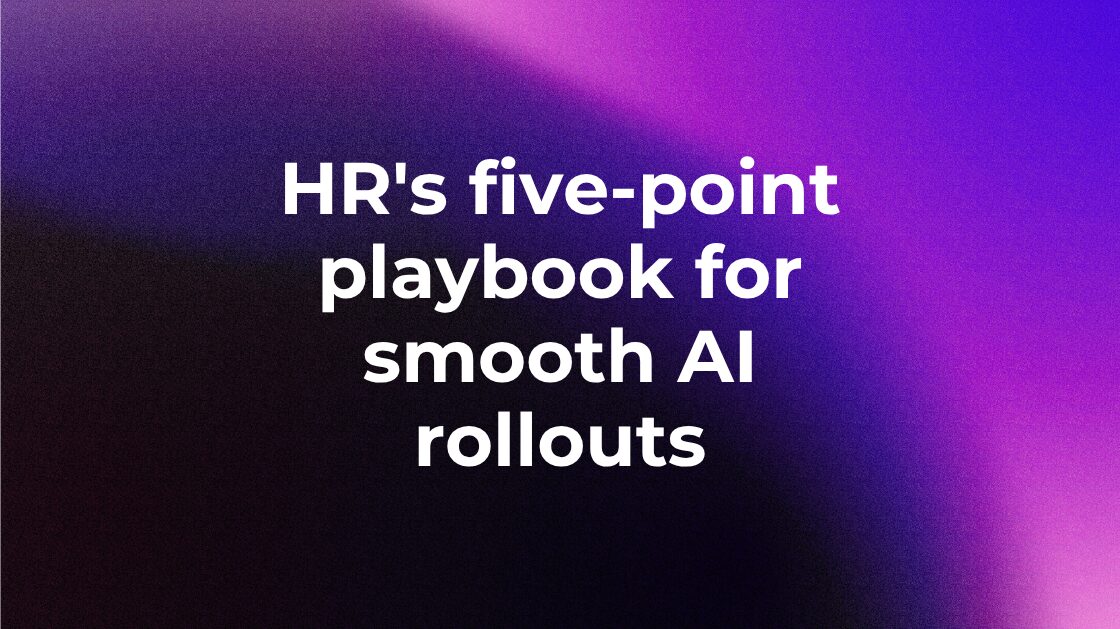By Joanne Clifford, PhD
You’ve just spent many grueling months and untold dollars interviewing, vetting, and finally hiring the perfect candidate for the job! The person is a great fit for the role, with the attitude, skills, experience and education to hit the ground running – and you think you can applaud your success and get on to the next task. Not so, according to research from the Society for Human Resource Management (SHRM), Aberdeen Group, Gallup, Hewitt Associates and others. If you don’t onboard the new employee effectively, you’ve just wasted a ton of time and money.
In fact, 87% of new employees decide whether to stay or go within their first six months on the job (Aberdeen Group). Gallup’s well-known research into employee engagement of U.S. workers states:
- 51% of workers are NOT engaged in their job
- 17.5% are actively disengaged
- Less than a third (31.5%) are engaged
If your new employee is not engaged, you’ll be seeking a replacement sooner rather than later. In the meantime, your company suffers from their lack of performance and productivity.
In addition, Gallup has coined the phrase, backed by research, that people join companies, but they leave managers. So – unless the new employee is properly onboarded and quickly integrated into the company, you may be dusting off those old resumes and interviewing yet again.
But wait – isn’t there a way to avoid this – isn’t there a crystal ball to help you create the perfect onboarding experience for this new employee? Yes, there is and it’s called the Predictive Index!
The Predictive Index provides the blueprint for communicating effectively with each individual new hire, meeting their needs, and motivating them to excel. Here is an example based on the PI shown:
 James, a newly hired employee, shows by his high B that he needs opportunities for involvement and interaction with people. Put him in a team environment (B/A) with a lot of social contact (B/D). He doesn’t want a lot of details (low D) and values independence and control of his work activities (high A). Relieve him of repetitive routines when possible (low C). Allow him to be flexible in how he approaches his work (low D). Give him the big picture and allow him to solve problems his way (high A). Provide him with symbols of prestige when possible, and visible signs of his position (high B).
James, a newly hired employee, shows by his high B that he needs opportunities for involvement and interaction with people. Put him in a team environment (B/A) with a lot of social contact (B/D). He doesn’t want a lot of details (low D) and values independence and control of his work activities (high A). Relieve him of repetitive routines when possible (low C). Allow him to be flexible in how he approaches his work (low D). Give him the big picture and allow him to solve problems his way (high A). Provide him with symbols of prestige when possible, and visible signs of his position (high B).
Sure sounds like a crystal ball doesn’t it? But no, it’s all provided in the PI report, Summary of Motivating Needs, and Factor Emphasis Combinations. When you meet your employee’s motivating needs and drives, and know what will make them successful, you have the crystal ball to onboard this person effectively.
Wow – is this magic? No, it’s the PI!









